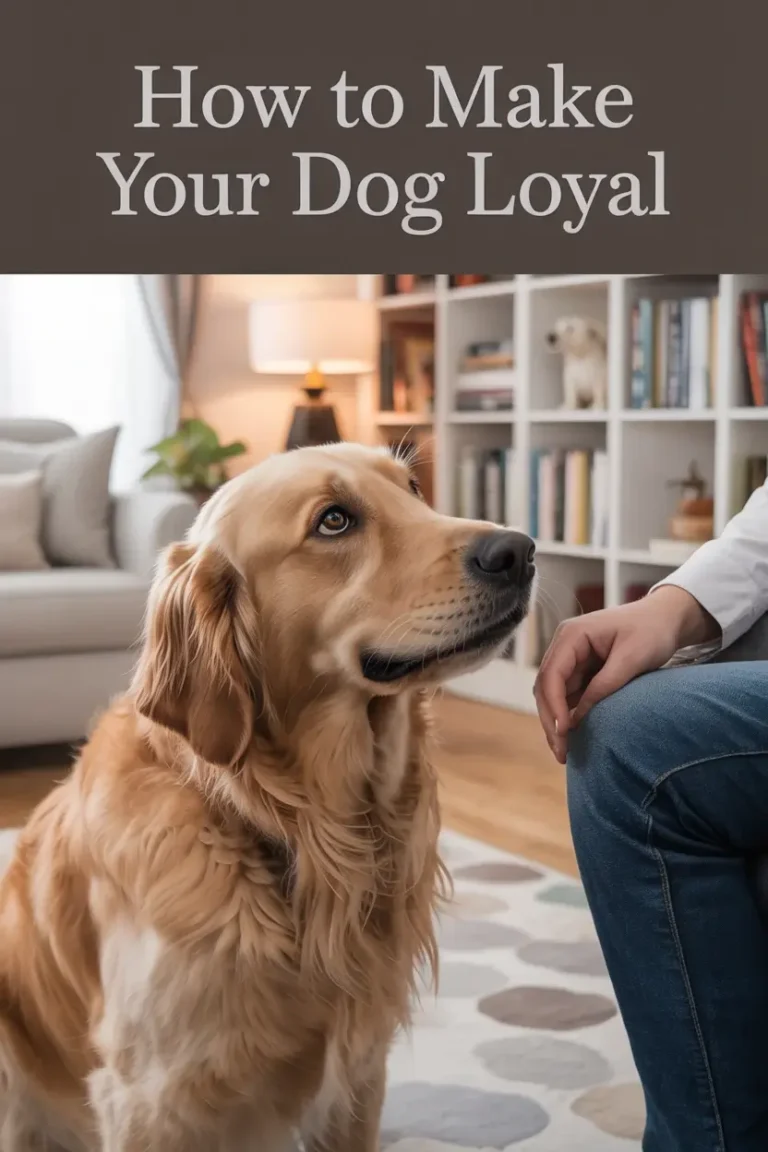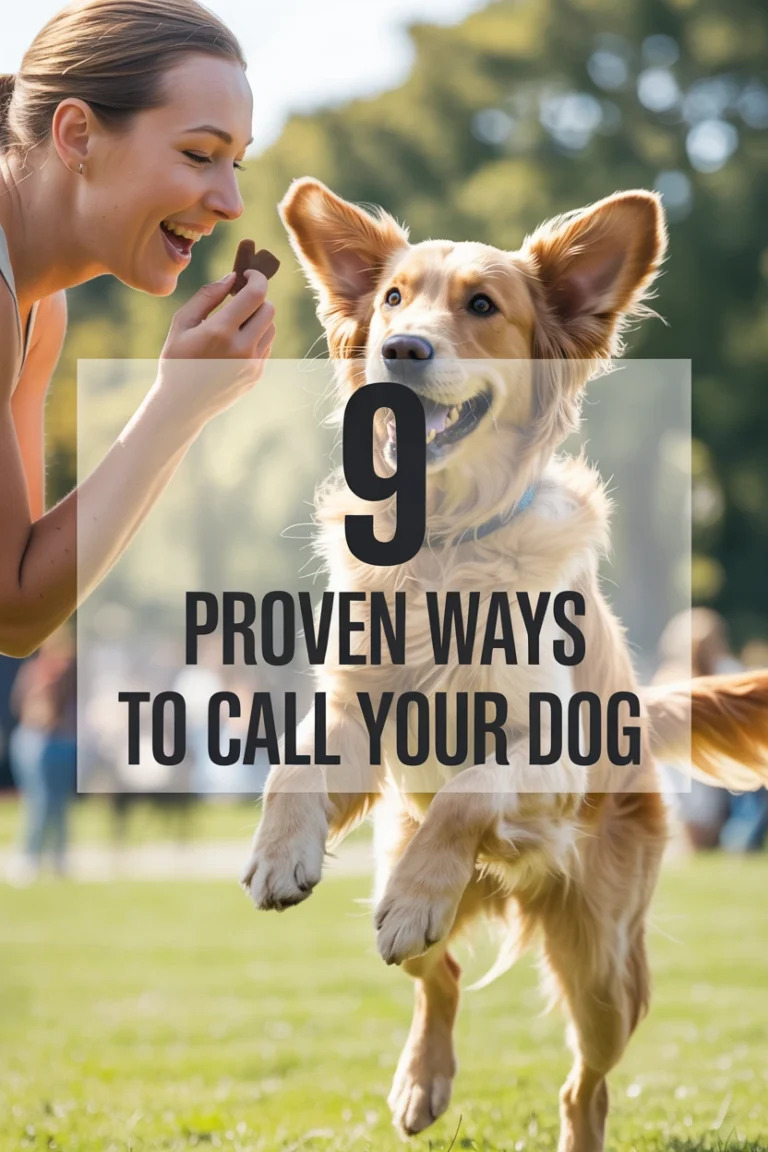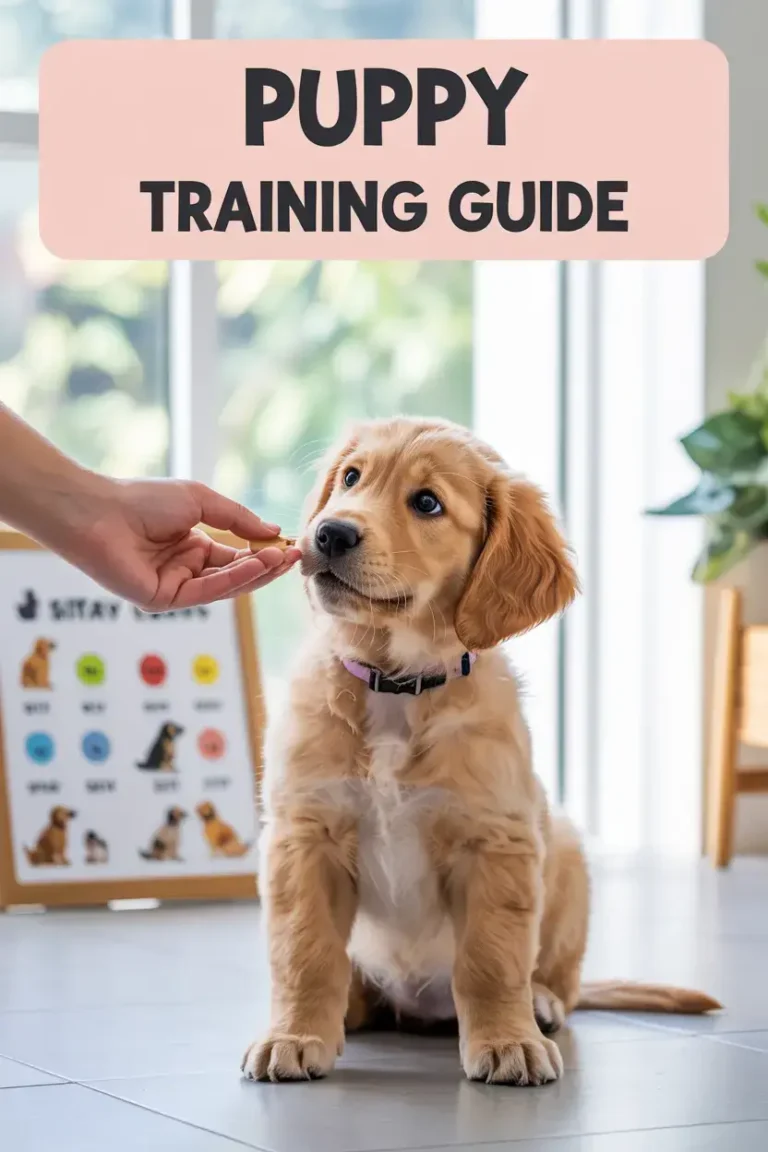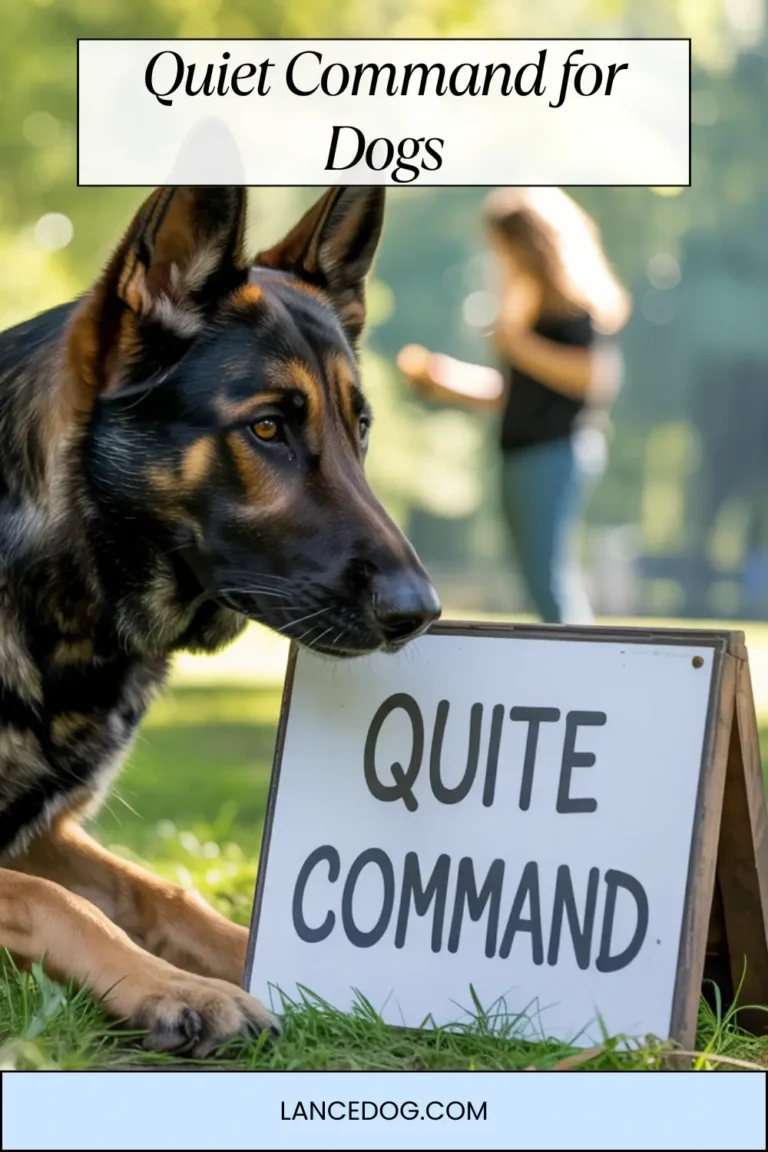Train Your Dog to Greet Visitors Calmly and Politely
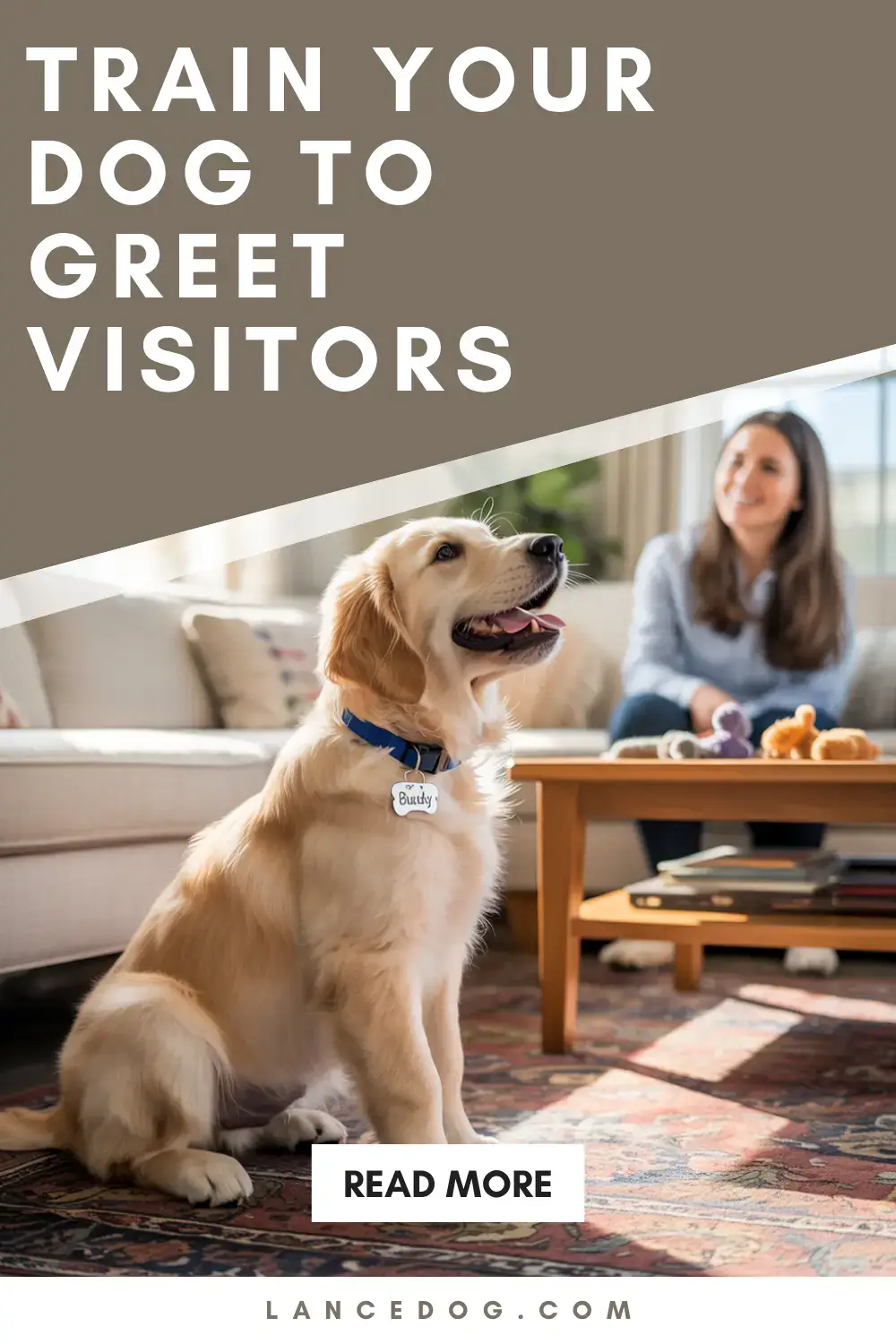
We all know the scene. The doorbell rings, and your dog launches into full-blown excitement—barking, jumping, spinning in circles, or even charging the front door. While their enthusiasm might come from a good place, it can be overwhelming for your guests—and let’s face it, a bit stressful for you too.
But here’s the good news: you can absolutely train your dog to greet visitors in a calm, polite, and respectful way. It doesn’t require harsh discipline or frustration—just consistency, patience, and a whole lot of love.
Let’s walk through how to make that front-door chaos a thing of the past.
Why Dogs React Wildly to Visitors
Before diving into training, it helps to understand the behavior. Dogs are social creatures. The sound of a doorbell or a knock signals something new and exciting. It’s natural for them to respond with energy—they’re eager to say hello, protect their territory, or simply react to the unexpected.
But natural doesn’t mean unchangeable. You can train your dog to respond differently to that same trigger—replacing excitement with calm, and chaos with control.
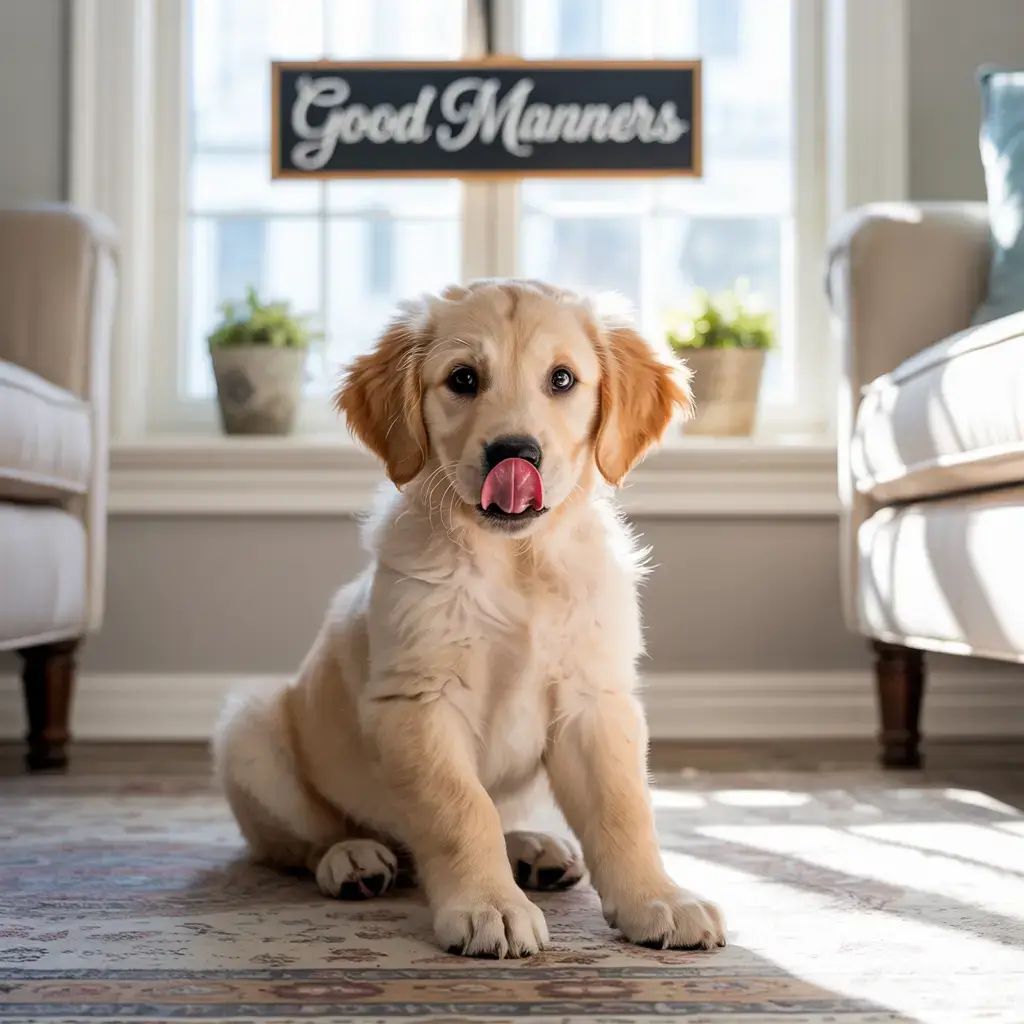
Step 1: Set the Stage Before Visitors Arrive
Start training before anyone shows up. You want to shape the behavior when there’s no added excitement or distraction.
Teach your dog a simple “go to your spot” cue using a mat or bed near—but not too close to—the door. Pair it with treats and praise so they associate the spot with something positive. Practice this until they go to the spot reliably on command.
The goal is to build a calm habit before guests become part of the picture.
Step 2: Desensitize to the Trigger
Many dogs go wild at the sound of the doorbell or knock. So, practice these triggers in a calm setting.
Use your phone to play doorbell sounds or lightly knock on the inside of your door while rewarding your dog for staying calm. Repeat until the noise loses its “OMG!” reaction. The more you repeat it in a neutral context, the less emotional it becomes.
Train your dog to hear the doorbell and look at you for direction—not fly into a frenzy.
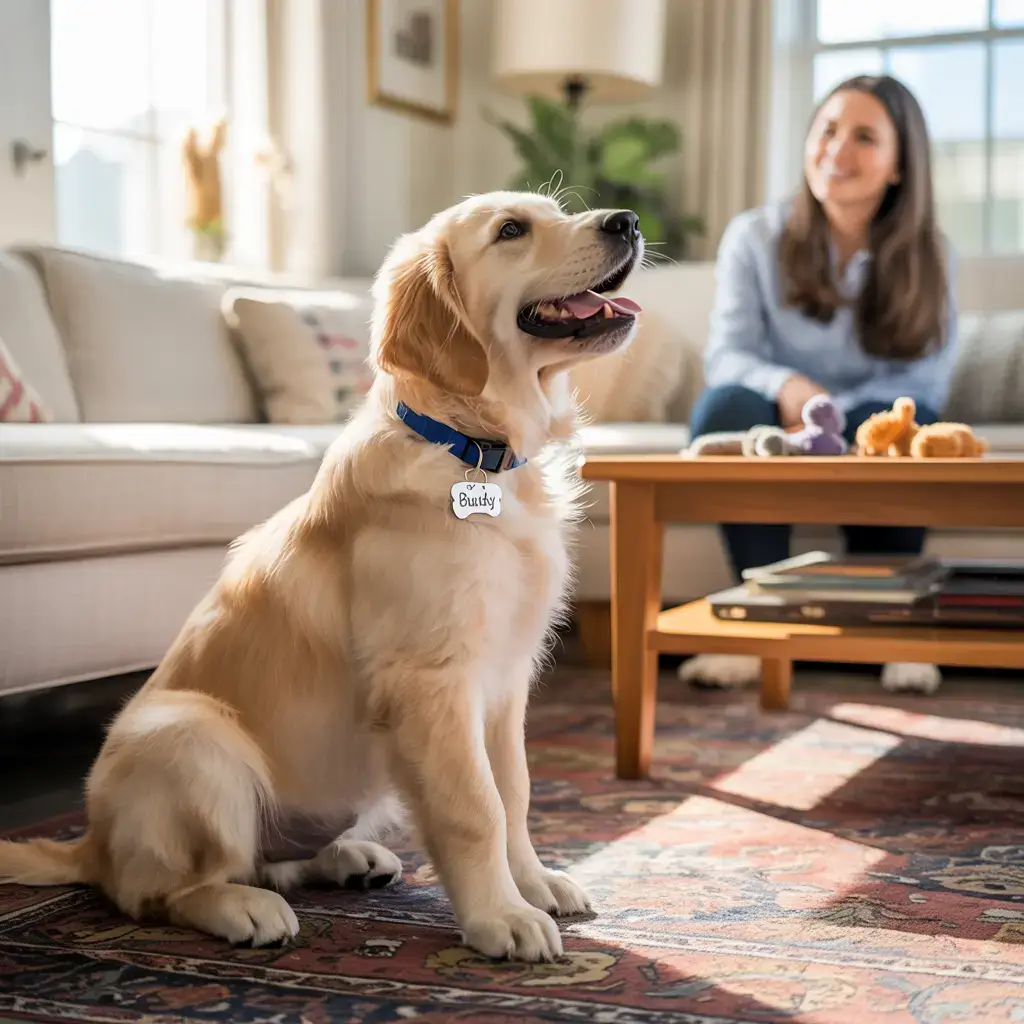
Step 3: Reward the Behavior You Want
When guests do arrive, ask them to give you a moment before coming in. Put your dog on a leash if needed and guide them to their spot.
Only allow them to greet visitors when they’re sitting or standing calmly—not barking, not jumping. If they get overly excited, gently redirect them to the spot and try again.
Consistency is key. Every calm greeting is a victory—and every jump that goes unchecked is a missed opportunity. So always reset the scene if needed.
Step 4: Practice with Friends and Family
Ask a few trusted friends or family members to help you practice. Have them arrive casually, follow your cue to pause at the door, and reward your dog for staying calm during the process.
Let your dog greet them only when they’re in control. Over time, this builds a powerful connection between calm behavior and social success.
This stage is vital when you train your dog to behave well during real-life visits.
Step 5: Stay Calm Yourself
Dogs pick up on our energy. If you’re tense or yelling over the barking, they’ll mirror that intensity. Breathe, speak softly, and move with purpose. Your calm becomes their cue to relax.
Train your dog by modeling the behavior you want to see.
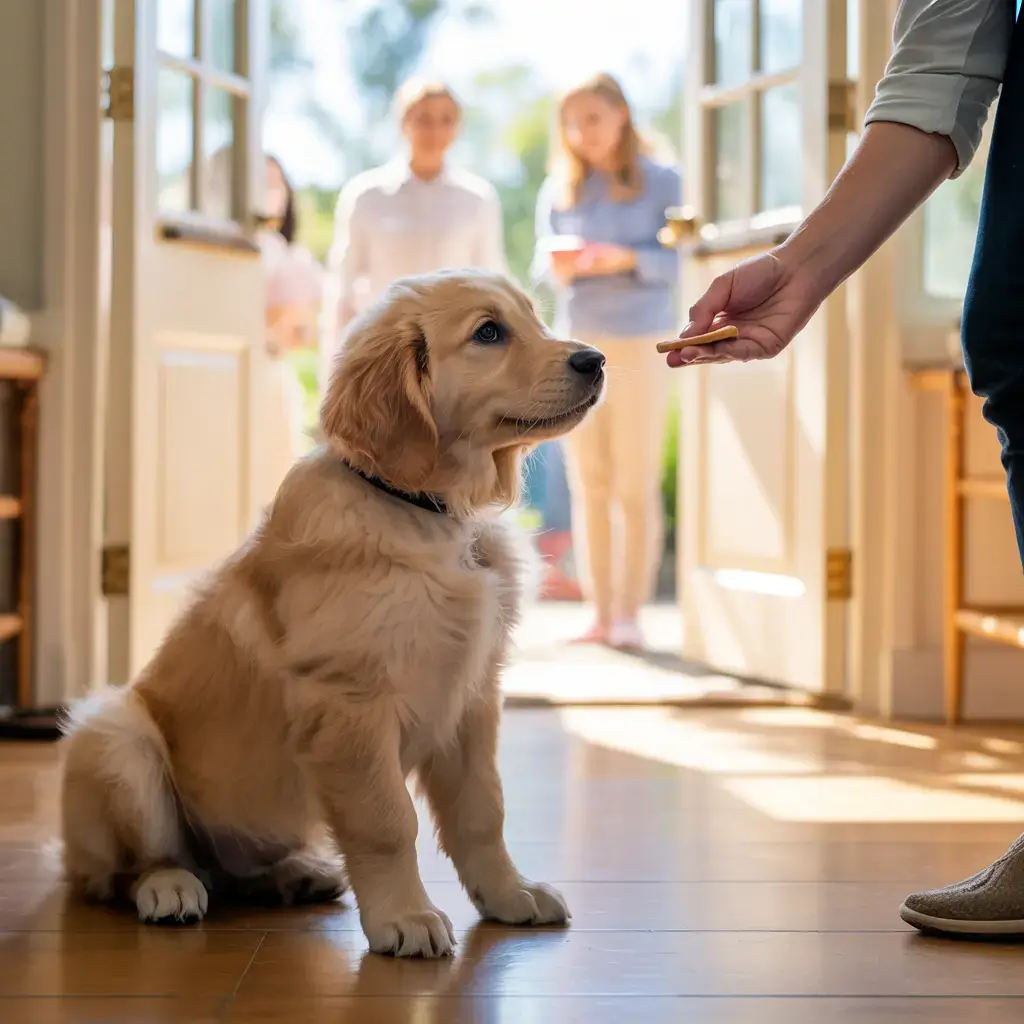
Bonus Tips for Success
- Use high-value treats for training sessions, especially with distractions
- Be patient—changing habits takes time
- Avoid scolding or punishment; it creates anxiety, not learning
- End every session on a positive note
- Don’t expect perfection—celebrate progress
When you train your dog with kindness and clarity, they respond in ways that might surprise you.
Final Thoughts
A calm greeting isn’t just about manners—it’s about helping your dog feel confident and secure when someone new walks through the door. It’s about building trust, structure, and peace in your home.
So yes, you can train your dog to be the kind of polite pup that makes guests feel welcome—not overwhelmed. It starts with intention, grows with practice, and ends with a wagging tail and a whole lot of pride.
Because in the end, a well-behaved dog isn’t just easier to live with—they’re happier too.

